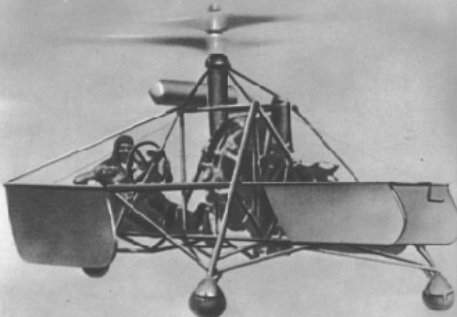A cheater or a genius? Oszkár Asboth – the inventor of the helicopter

We all know Oszkár Asboth, the Hungarian aviation engineer as the inventor of the helicopter. He lives in the common knowledge as an important mechanic. At the same time, evidence shows that he was only a mountebank, with no original and usable ideas.
His life, the facts
Asboth was born on the 31st of March, 1891 in Pankota. He grew up in Arad, which is today part of Romania. At a very young age, he was eager to find a way for humans to fly. In the 1910s, he visited numerous Western European airports to examine the recent aviation developments.
For his military service, he was sent to the propeller development facility of Fischamend.
Later on, he tried building airplanes himself and his attention was turned to propeller manufacturing. He worked as a mechanic at the Imperial and Royal Airforce’s experimental site in Fischamend until the beginning of 1916, and lead the Pilot Testing Institute in Budapest.

During the war, he contributed to the building of PKZ-1 and PKZ-2 experimental helicopters developed by István Petróczy, Kármán Tódor and Vilmos Zsurovecz with his self-designed and manufactured propellers. Towards the end of the First World War, in 1918, he established the First Aircraft Works Albertfalva (ELMA) factory where he mass-produced wooden propellers and fulfilled orders for the military industry. After the war new propeller works, the “Express” Works, was built, which, until 1922 as a result of the aviation ban, produced mainly propellers for aircraft and boats. After the ban was lifted this company became the Oszkár Asboth Aircraft Factory.
He also attempted to use propeller drive on other vehicles, designed and built propeller-driven cars.
This attempt almost intersected his career, as the car’s structure collapsed during the first test drive and the propeller practically cut off the head of the driver and the passenger.
The authorities claimed him responsible for the accident involving two deaths. In the end, he was not imprisoned but could continue his work abroad. He returned to Hungary at the beginnings of the Second World War where he designed and built a propeller bar, which, however, due to its low efficiency, did not live up to Asbóth’s expectations. He went bankrupt and stopped his experiments, and published a book on his helicopter experiment in 1956.

Critics
In Hungary, his success was only acknowledged after the fifties. After WWII, he became well-known as the inventor of the helicopter and was even nominated for prestigious prizes. Only long after his death were some opinions published that expressed doubts on the authenticity of his success.
In 1978, Lajos Rotter, airplane constructor and pilot declared that Asboth’s helicopters would never have been able to fly on their own.
Rotter believed Asboth’s constructions could only stay in the air in a way that people of the ground balanced it with ropes.
In Asboth’s book, these ropes were simply touched up. He also claimed that Asboth’s helicopter was not the first model, the Cornu helicopter was invented 21 years before it, and Asboth’s is simply a copy of the Berliner helicopter. Furthermore, he adds that these naïve constructions did not make any contribution to the solution of the helicopter problem.

Basically, he stated that Asboth’s helicopter was the result of spying.
In 1980, the periodical Airplane also voiced its doubts concerning Asboth’s work. It said that he lacked any mechanical knowledge and did not take into consideration the contemporary or older results. They summarised their opinion thus: Oszkár Asboth cannot be called the inventor of the helicopter. His helicopter and its plans were not original and did not contribute to the realisation of the modern helicopter.
The helicopter he built has no mechanical significance.
Nevertheless, in the eye of his grandchild, Oszkár Asboth remained the inventor of the helicopter.
Featured Image: Fortepan
Source: index.hu






Ok, This has got to be a joke for reporting so you would think. The fact is that the media has to present all sides if they are trustworthy which they are doing. The problem here is that they are not aerospace engineers or judges of that to determine the truth in this case.
My understanding of OSKAR’s achievements was that he created helicoptered levitation and much higher than any previous attempts. It was acknowledged that it was not ‘stable’ flight, but that is not what was claimed. Tilt rotoring and couter-rotoring was the later fix to a previous invention. I have a toy helicopter with these things still not resolved, yet they call it a Helicopter toy. As an Aerospace engineer of 30 plus years, i can tell the grandson that his grandfather invented the helicopter regardless of the other side stories brought in to the picture.
Unfortunately, and for some reason, Hungarians will turn on their own. Instead of reporting the good and achievements of this man, the reporter is more intent on trying to deny the man’s contribution. Whether Asboth invented the helicopter or not, did he achieve or did his actions further contribute to the development of the helicopter?
Why does the reporter have to be so negative?
With friends like these, who needs enemies?